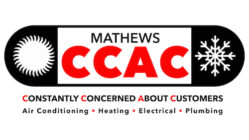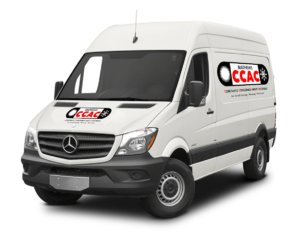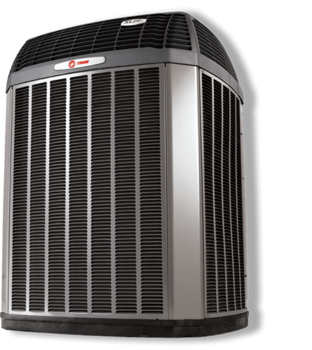
How Load Calculations are Performed
It used to be common practice for HVAC contractors to size new equipment using a rough “rule of thumb” estimate. The estimate was based on a home’s approximate square footage, with some extra tacked on for good measure. The result was that many homes ended up with “oversized” HVAC equipment with too much capacity.
Experienced HVAC pros no longer use these outdated sizing methods. Today, they rely on the industry standard: Manual J software that does a detailed load calculation. The software makes these calculations using some established data for the climate region, like indoor and outdoor design conditions, as well as factors unique to your home entered in by your installer, such as:
- Orientation and square footage.
- Insulation R-values.
- Type, size and location of windows.
- Air infiltration rates.
- Occupancy number.
- Major heat-generating appliances.
- Lighting.
Why Load Calculations Matter for Sizing HVAC Equipment
When new heating or cooling equipment is sized properly based on Manual J, you can avoid a host of issues that often develop from having too large a capacity and enjoy some worthwhile benefits related to:
- Cost. Higher-capacity HVAC equipment is always more expensive, so you’ll save money if a detailed load calculation determines that your home needs a smaller size.
- Comfort and health. Oversized equipment tends to short cycle, which leads to poor temperature and humidity control that can erode your comfort and cause health concerns like mold growth.
- Efficiency. Correctly-sized HVAC equipment heats and cools your home efficiently, so there’s no energy waste and you don’t pay higher-than-necessary operating costs.
- Longevity. Short cycling isn’t just inefficient, it puts extra wear and strain on your HVAC system components that shortens their lifespan.
To learn more about properly-sizing new HVAC equipment for your Coastal Bend home using a detailed load calculation, contact us at CCAC.
Our goal is to help educate our customers in Corpus Christi, Texas about energy and home comfort issues (specific to HVAC systems). For more information about HVAC topics, download our free Home Comfort Guide or call us at 361-678-2495.
Credit/Copyright Attribution: “clker-free-vector-images/Pixabay”












